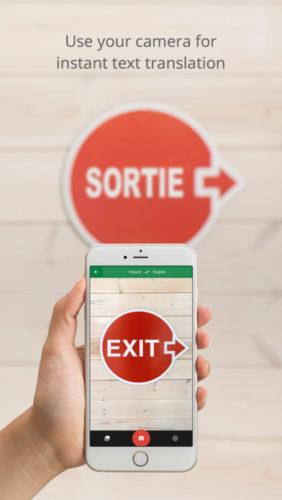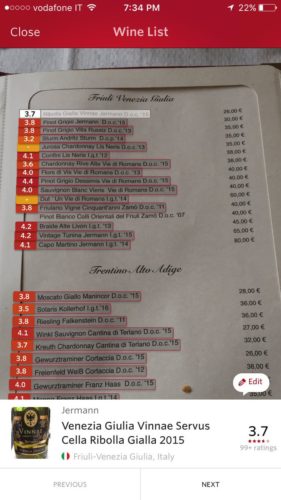100
I remember a few years ago hearing Barack Obama explain the challenge of being President: because anything that had an easy solution would get solved by his departments and staff, by definition, every one of the problems and decisions that made it to his desk were all very difficult.
I thought of that again, a few days ago, when Trump observed, “this is more work than in my previous life. I thought it would be easier." Nobody knew President-ing could be so complicated!
It’s been particularly interesting to see the swirling of healthcare policy over the past week, as I think it highlights the two major kinds of problems Trump has faced in his first hundred days, and I think is likely to face over the balance of this four years.
First, he’s enormously focused on solving the problem in front of him, with little regard for how that sets up the next steps. He’s all tactics and no strategy.
When the AHCA / Obamacare repeal faltered a month back, it was because the far-right Freedom Caucus took the bill down. Now, state waiver provisions appear to have pulled the Freedom Caucus back in, though with changes that likely alienated even more Republican moderates. But even if it does get through the House, it’s immediately dead in the water in the Senate. And if, by some miracle, it makes it all the way to Trump’s desk, the bill’s hugely unpopular with voters (garnering just 17% approval by recent polls), and likely to become even more so as tens of millions of Trump voters lose healthcare he promised to protect.
So, at a big picture level, the AHCA looks pretty bad. But the first step – getting the Freedom Caucus on board – still looks enough like a win in the short term to Trump that he was willing to put his weight behind it, longer-term consequences be damned.
Second, Trump also appears to falter when understanding the systems nature of government (and the world). When he’s pulled back on campaign promises (like labeling China a currency manipulator), it’s largely been because carrying them out would have second-order consequences (like losing China’s support in dealing with North Korea) that he previously didn’t grasp.
We’ve seen that this week in healthcare, too, with the White House’s unwillingness to commit to a policy on Obamacare cost-sharing reduction (“CSR”) subsidies.
Admittedly, the topic is slightly wonky, but bear with me: while Obamacare requires the government to subsidize health insurance premiums, those in the lowest income brackets still wouldn’t be able to afford the other costs of those plans: co-pays and deductibles when you actually use the insurance. So Obamacare also authorized CSR subsidies, which help cover those co-pays and deductibles. While the government is required to keep paying the health insurance premiums by law, a judge ruled a few years back that they could drop those CSR payments.
If you’re trying to cut government cost, and reduce the amount spent on Obamacare in particular, the $7B yearly cost of CSRs seem like a good place to start.
But, in fact, the downstream effects work completely to the contrary.
Because of the way Obamacare is drafted, if the government doesn’t pay the CSR subsidies, it’s not the low-income insured who get stuck with the bill. Instead, insurance companies are required to pick up the slack. Doing that is expensive. So to stay profitable, insurers would need to jack up premiums substantially overall – nearly 20% on average by estimate of the Kaiser Family Foundation.
With higher premiums, a bunch of middle class buyers (who don’t get subsidies) would conclude they couldn’t afford insurance, and would just drop out of the market.
But because the government is required to keep low-income premiums at a fixed cost, even if it doesn’t pay CSR subsidies, low-income buyers could stay in the market, still pay what they do now as mandated by Obamacare, and the bill for the increase in their premiums would go right back to the government. By Kaiser’s estimates, those increased premiums would cost the government $10B annually – $3B more than they saved by killing the CSRs.
In other words, while killing CSRs looks like a win in isolation (a $7B savings and a blow to Obamacare), it actually increases what the government will have to spend on Obamacare in the end, while also leaving a slew of middle-class people newly uninsured for no reason.
It’s a really dumb idea. But one that’s only clearly a dumb idea if you can understand that, in a complex system, the results of simple actions can be similarly complex.
With three and three-quarters years to go in this term, there’s still plenty of time for Trump to get better, or worse. We don’t know what Democrats will do (actually, we probably do: devolve into infighting and Bernie vs. moderates / economics-first vs. identity-politics-first civil war), what’s going to happen in the rest of the world, whether we’ll face terrorism or economic disaster at home, etc. But, politics aside, these two big troubles with Trump – his inability to think strategically and to understand complex systems – are enough to make me worry it’s not going to be pretty.


